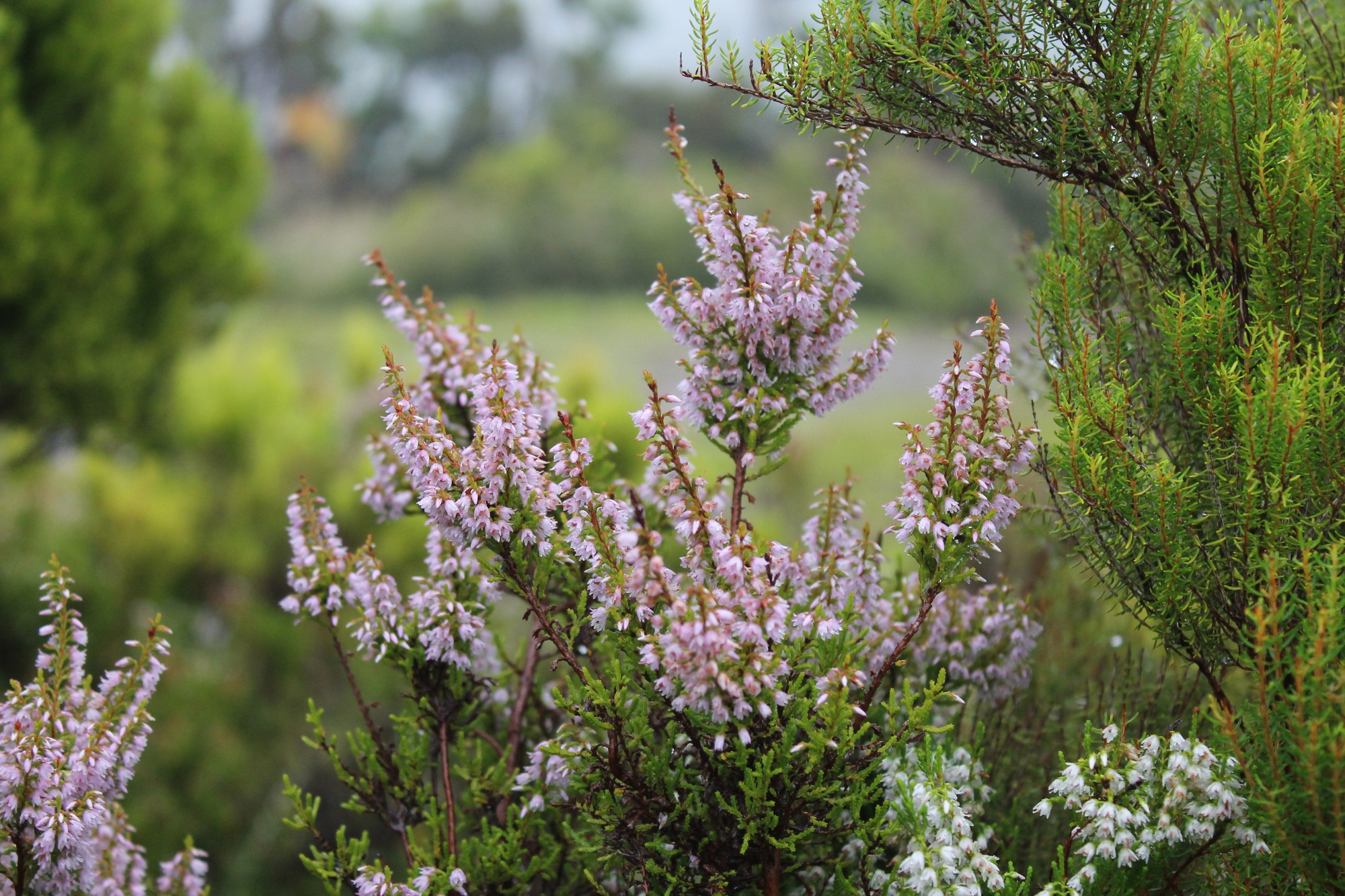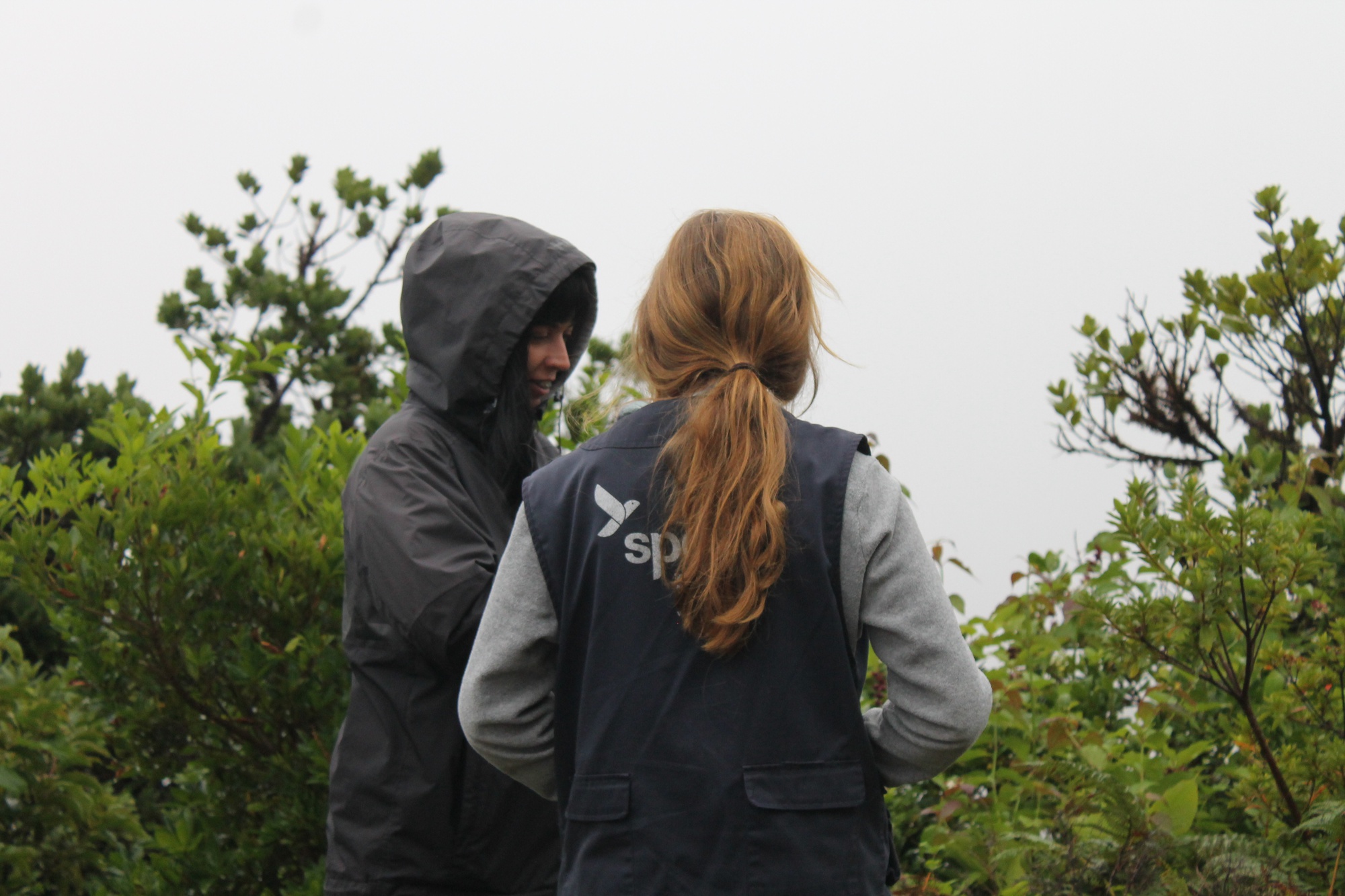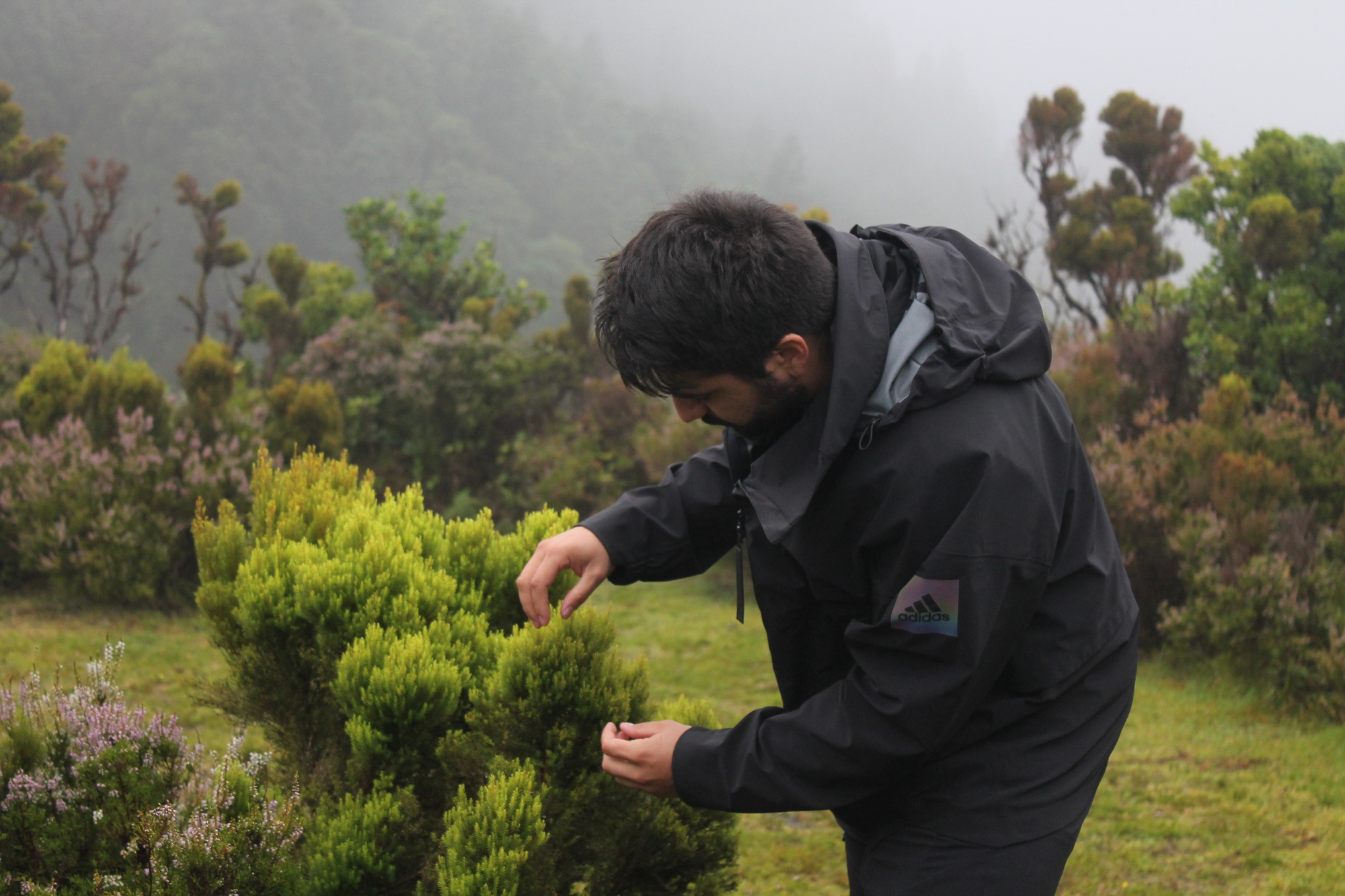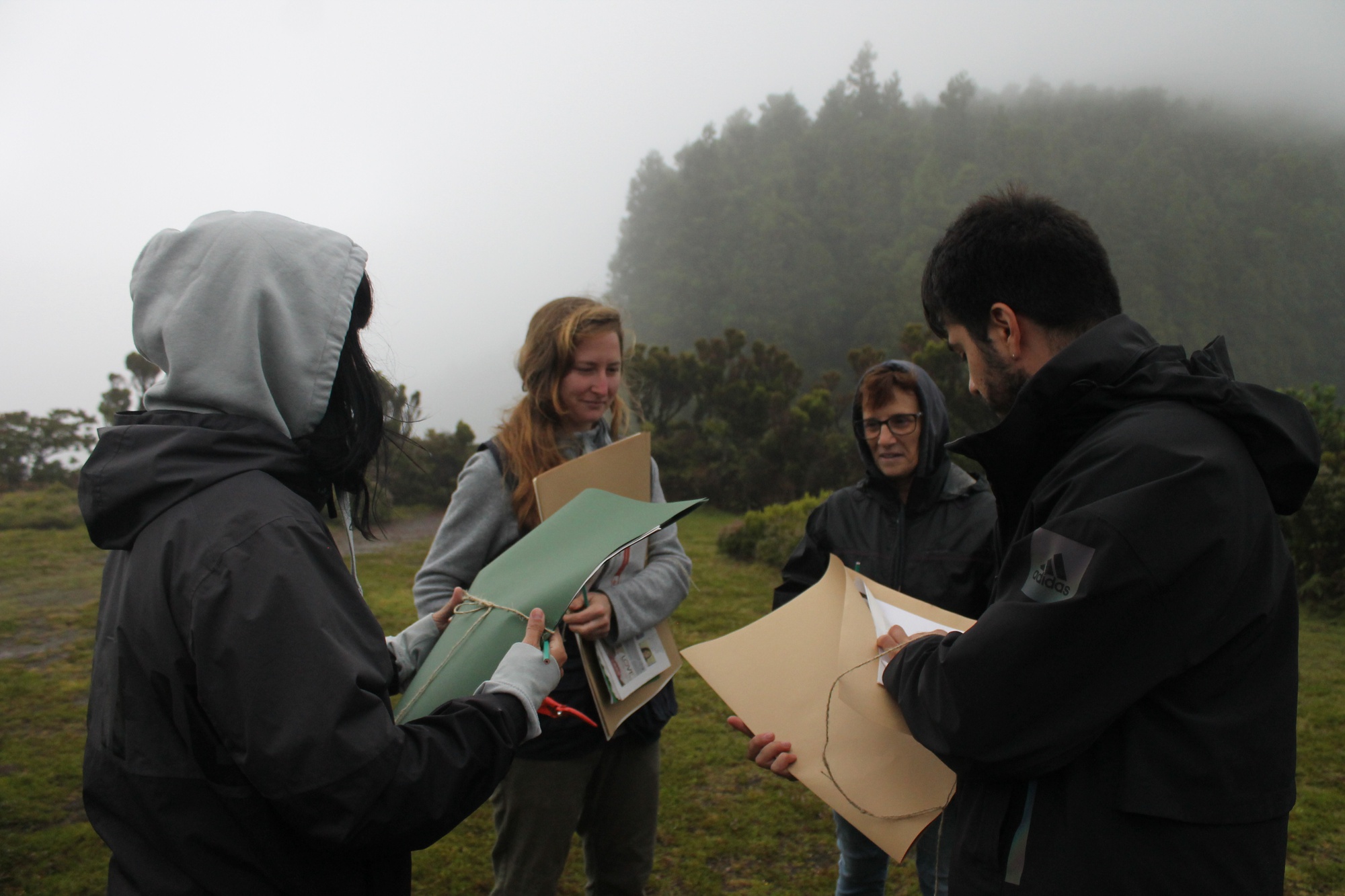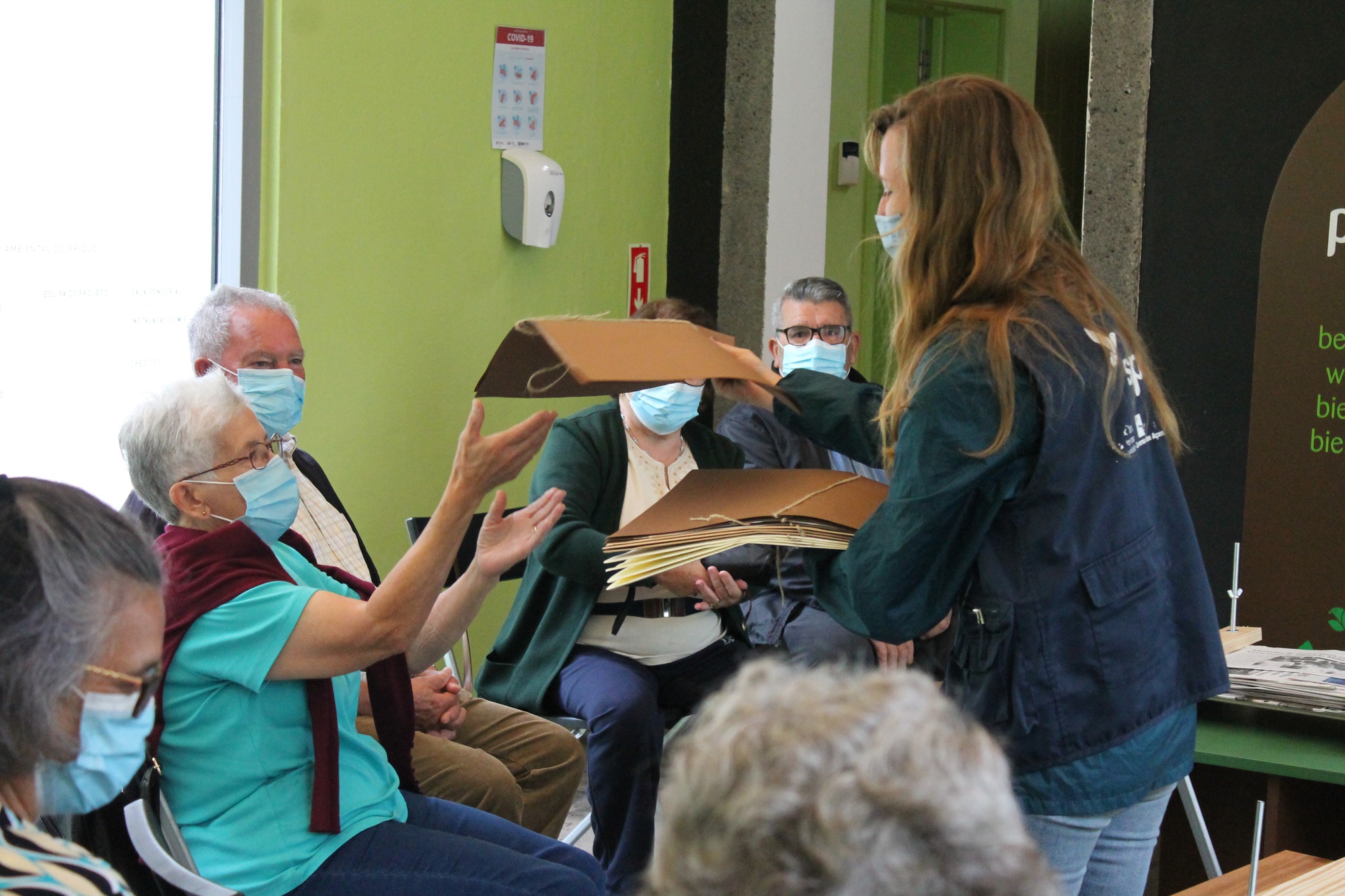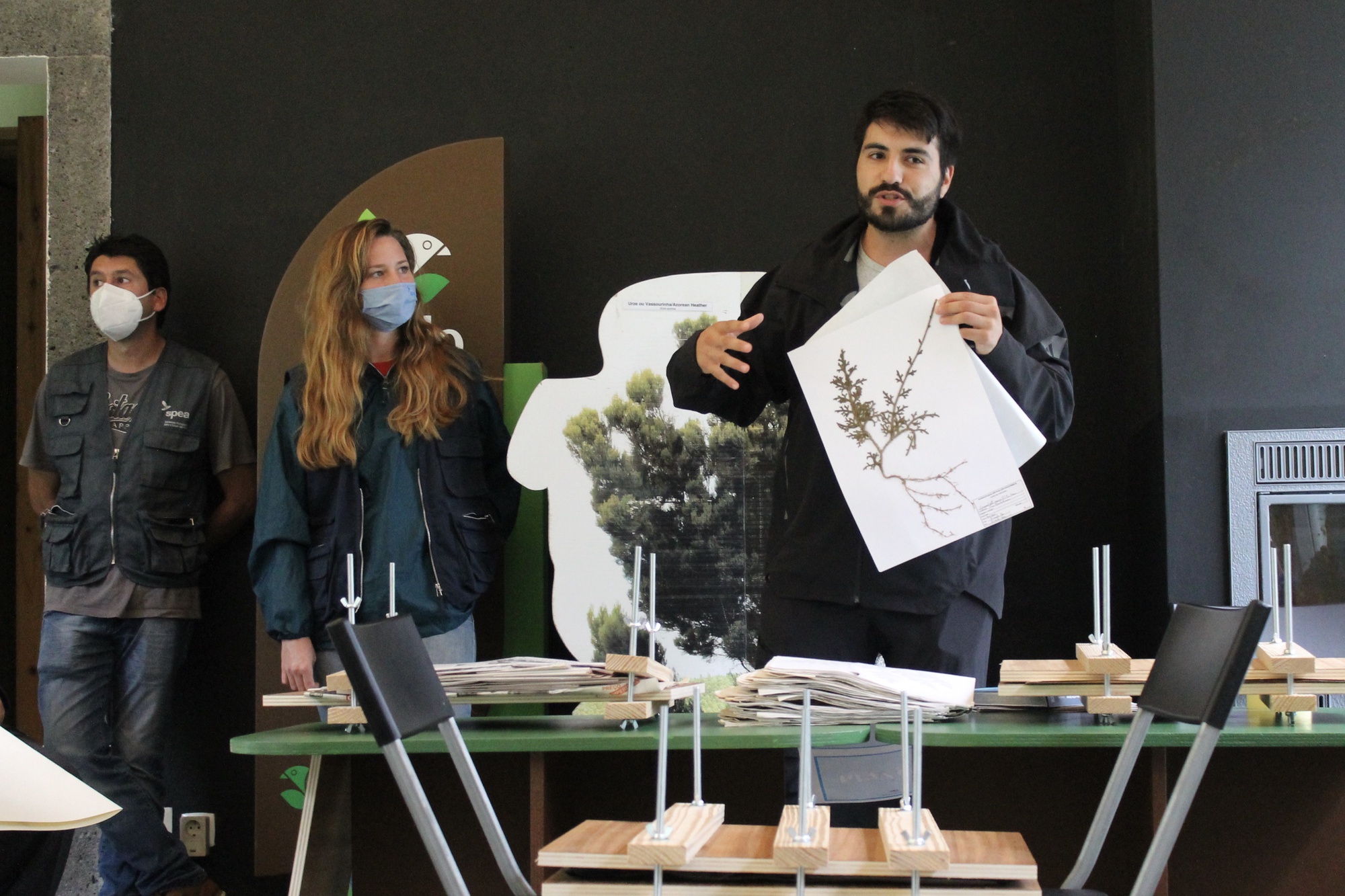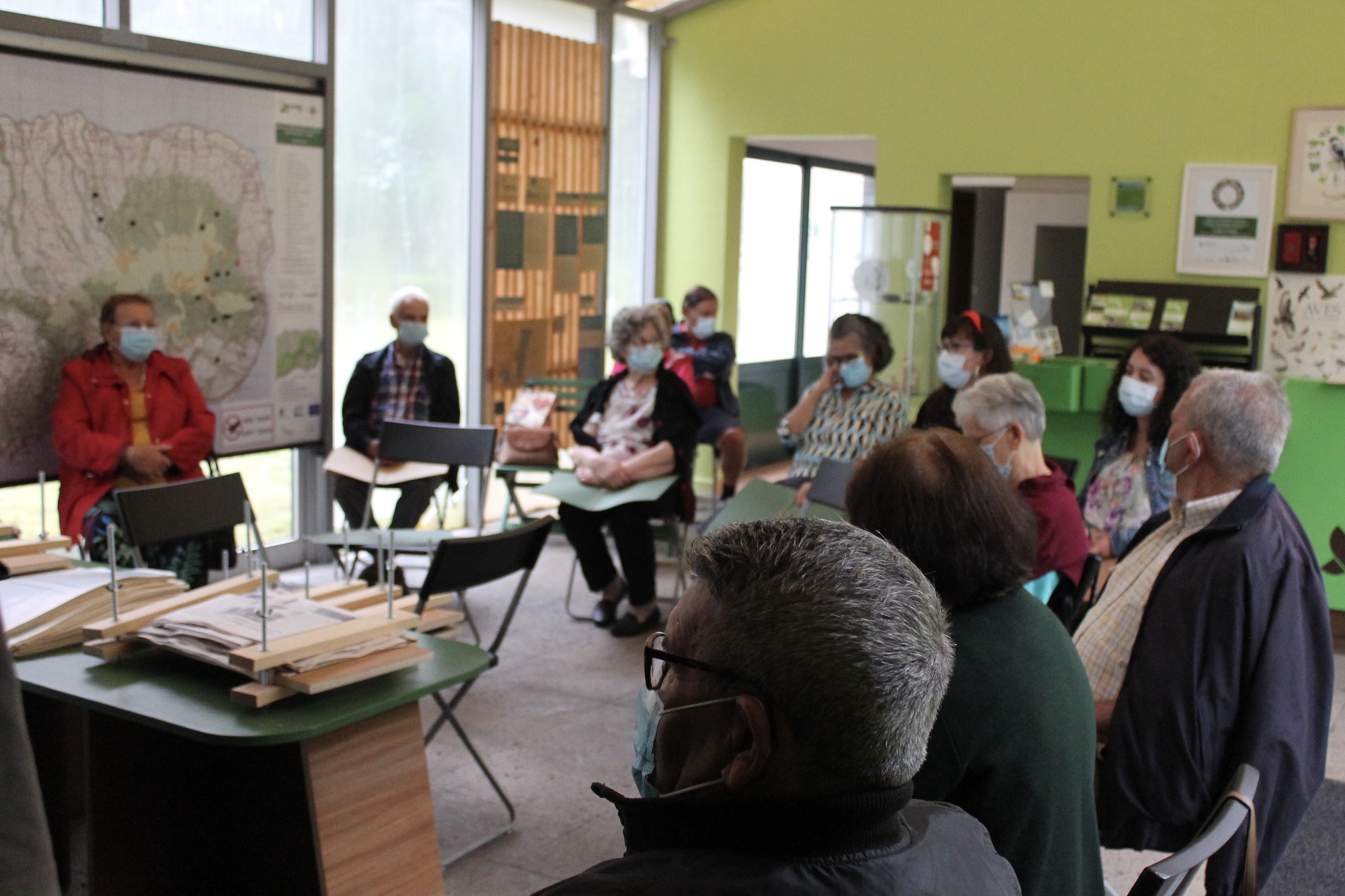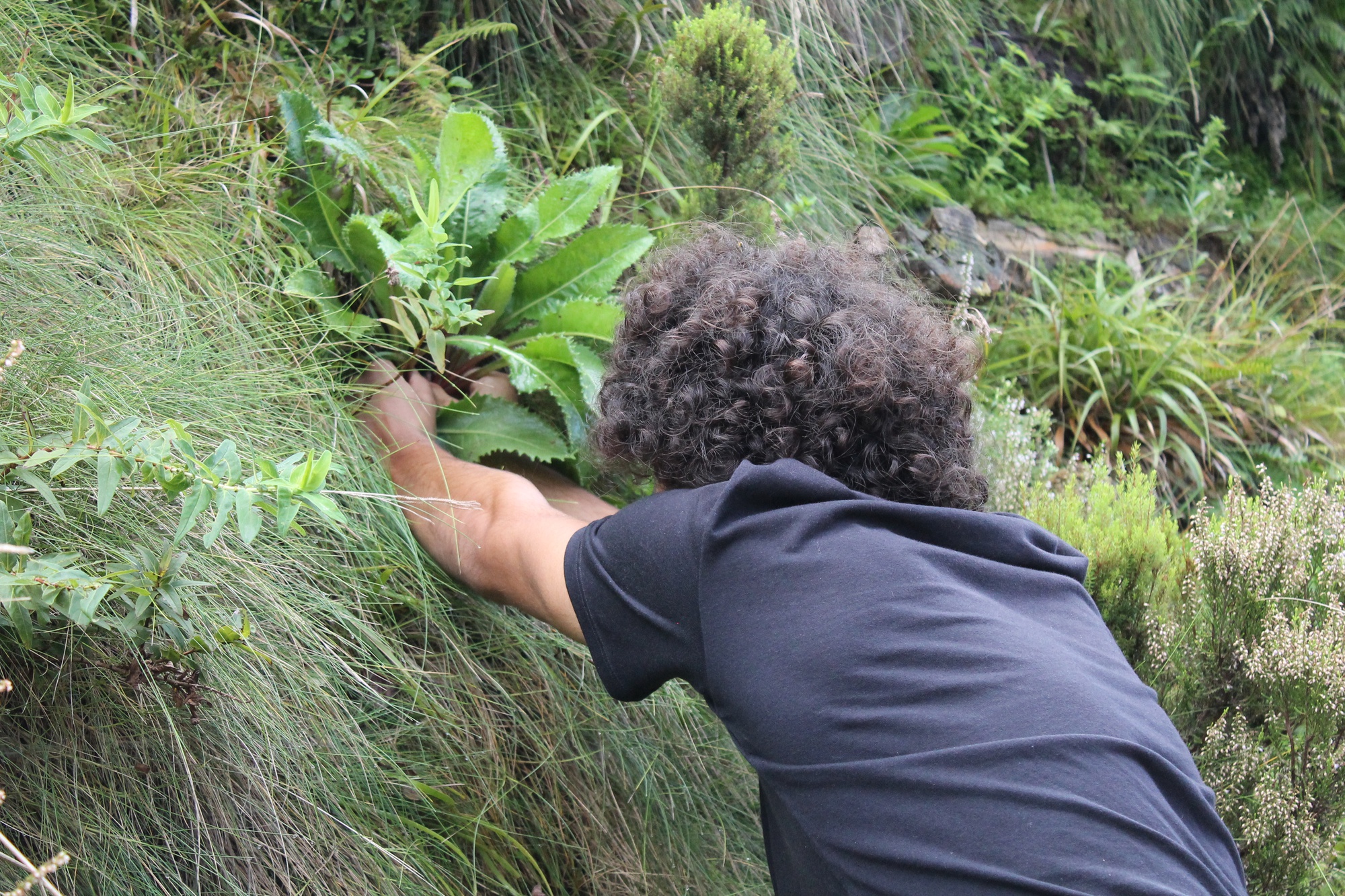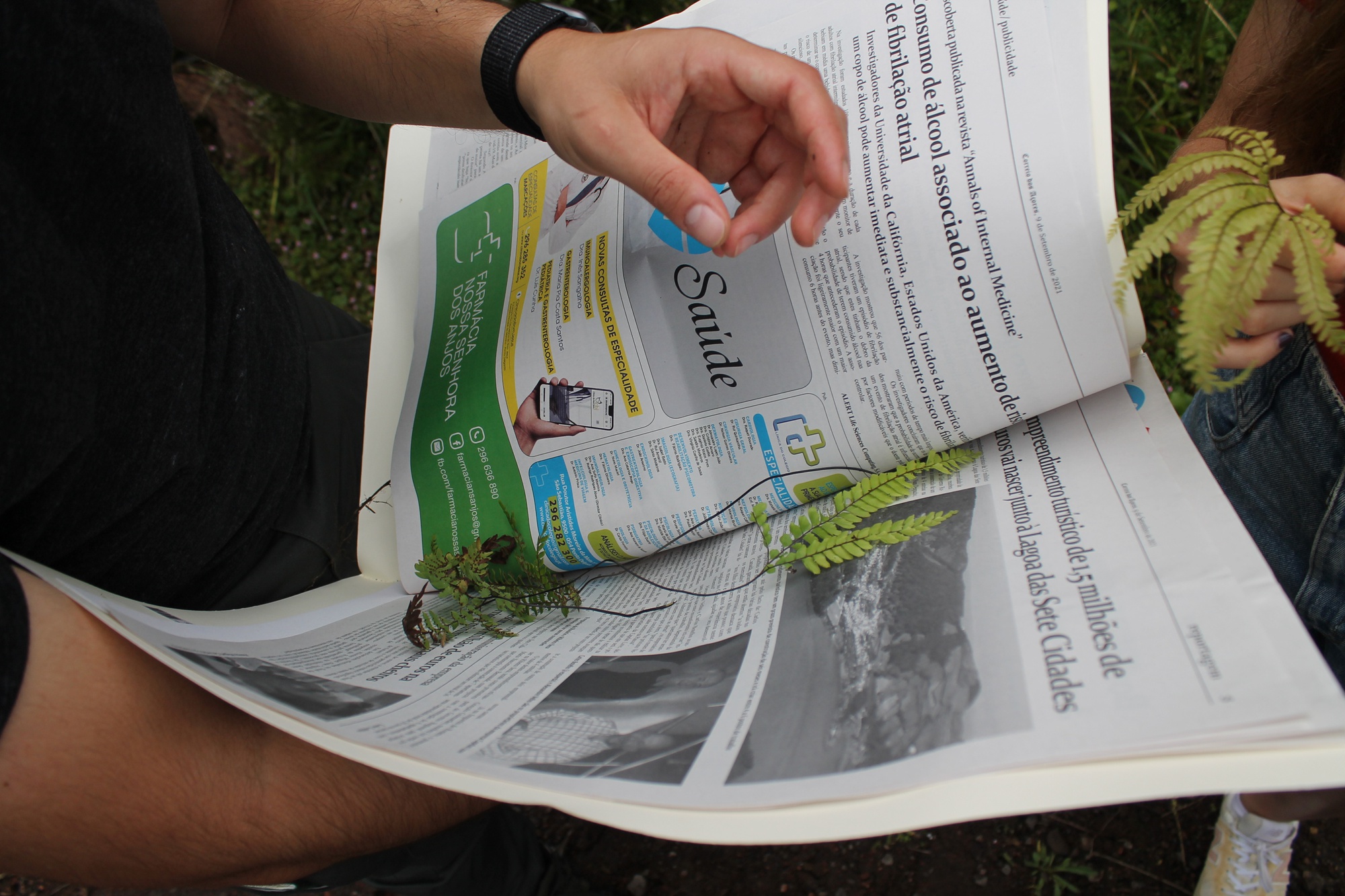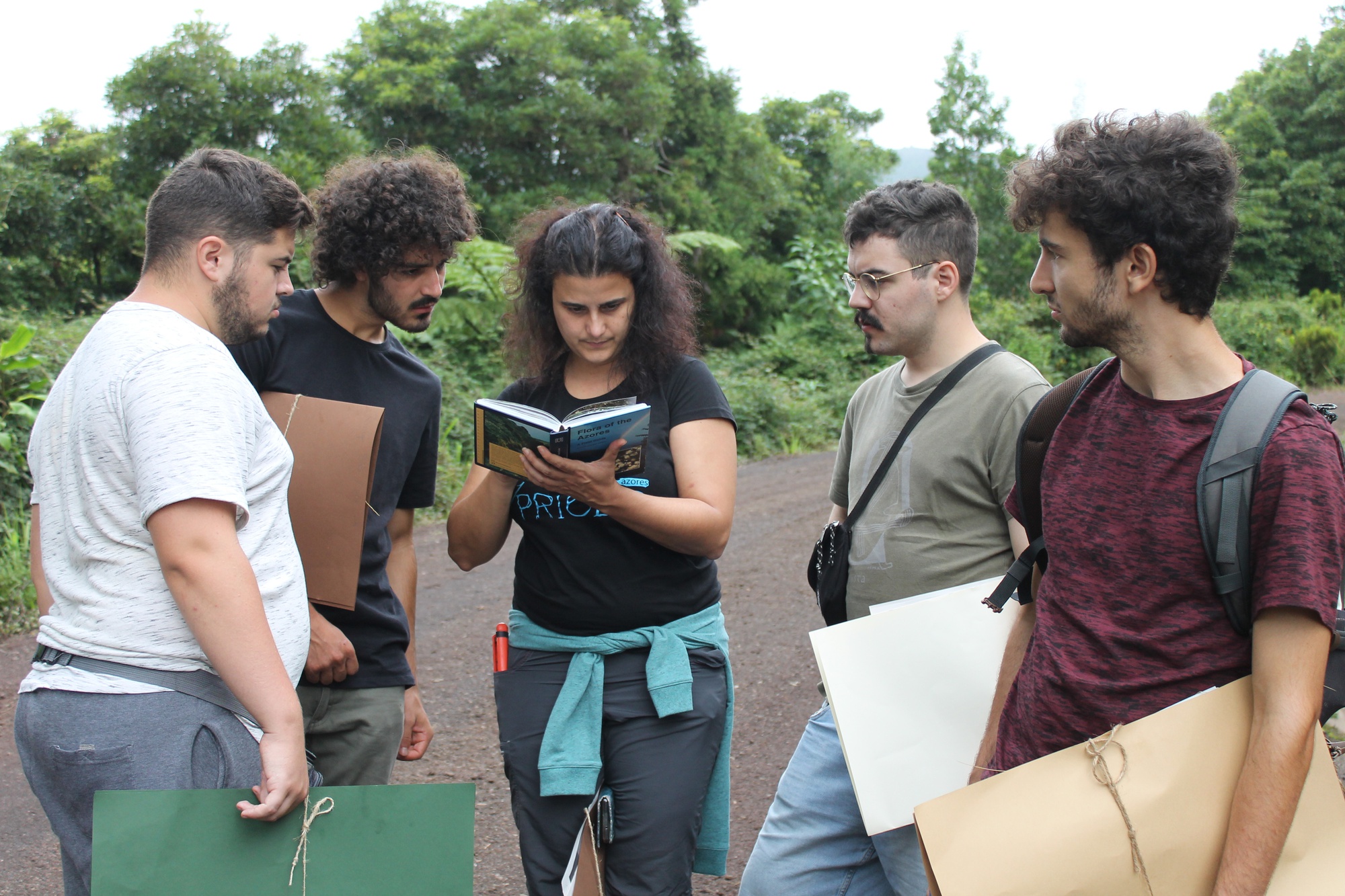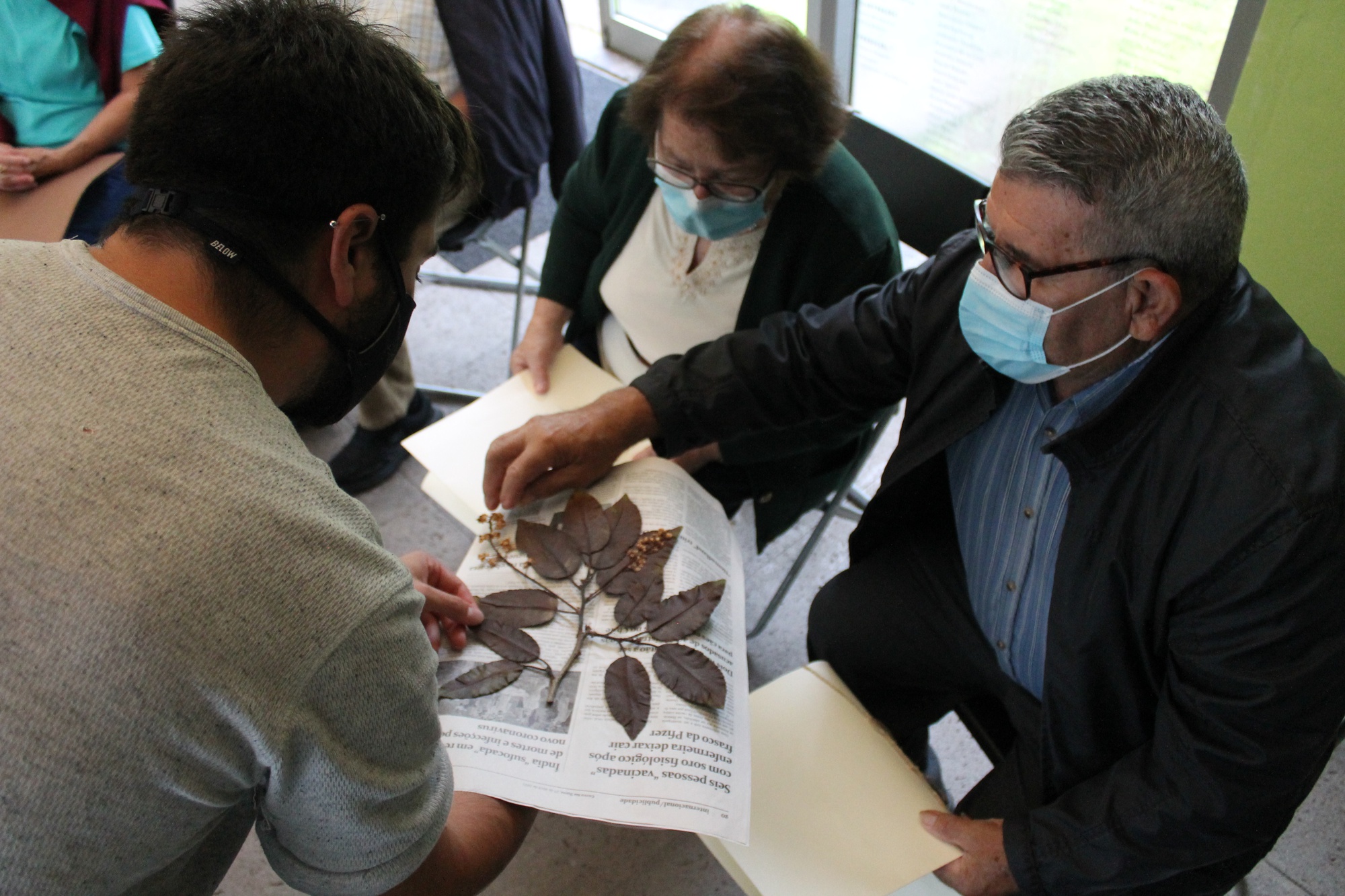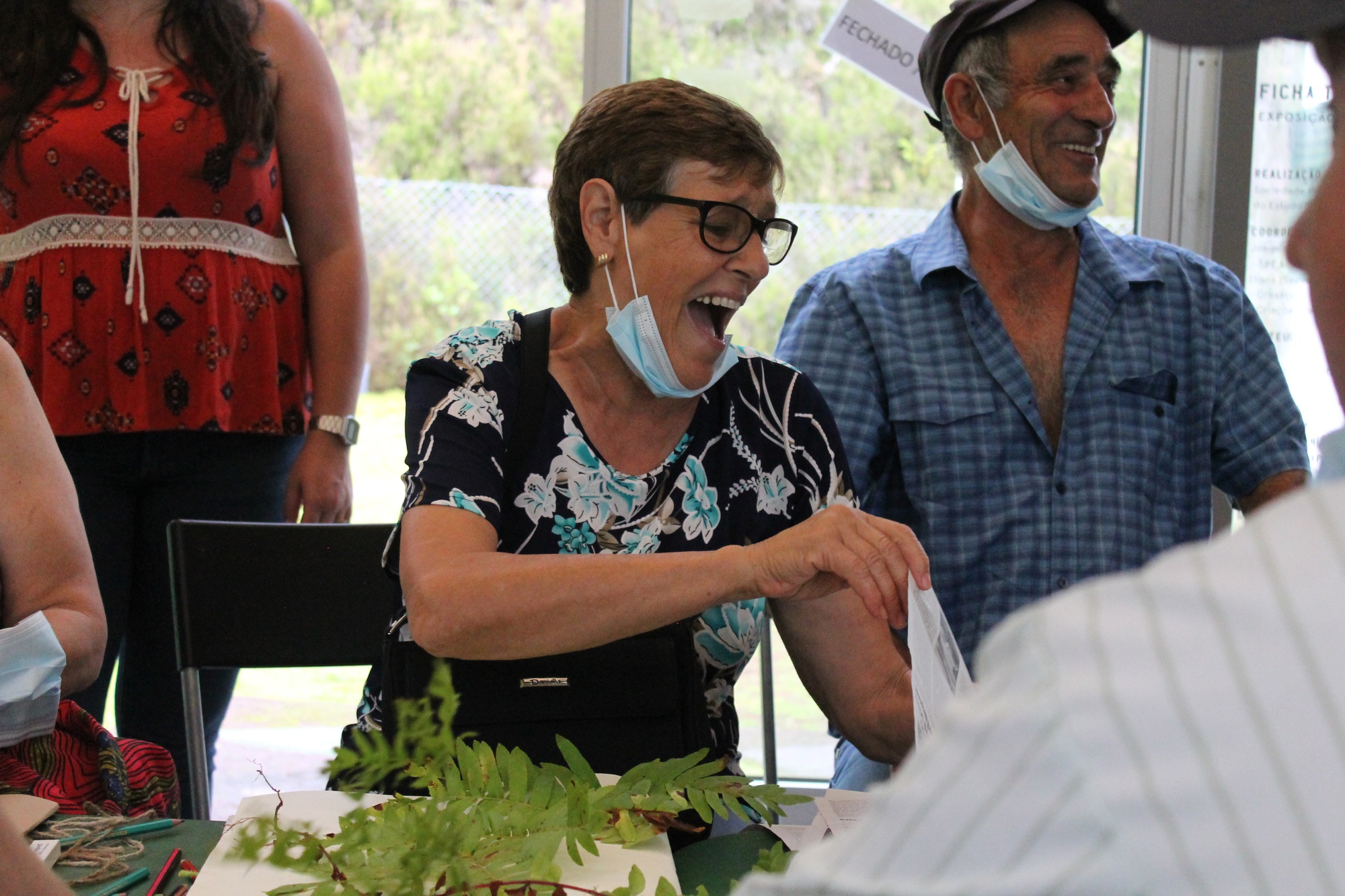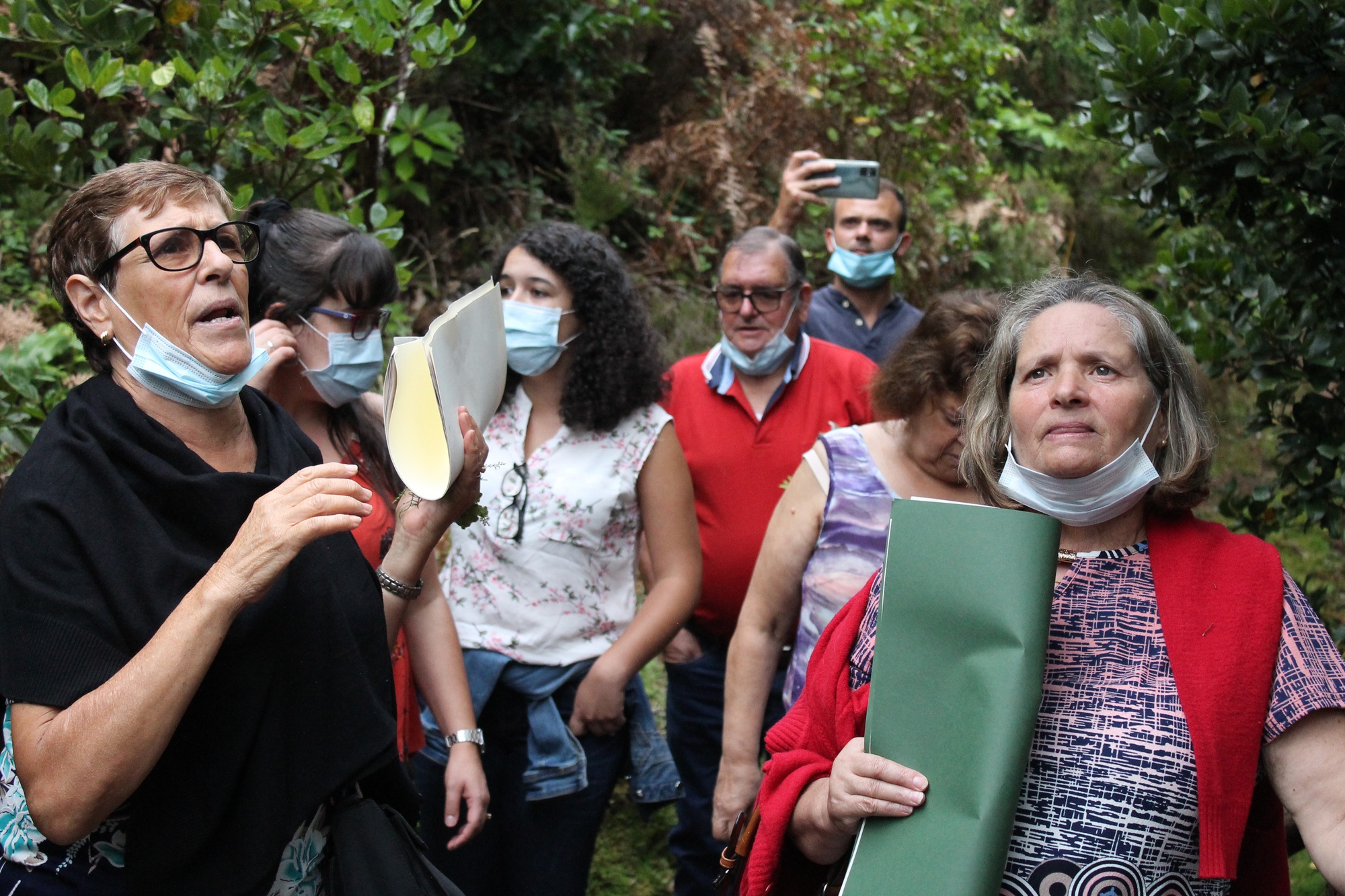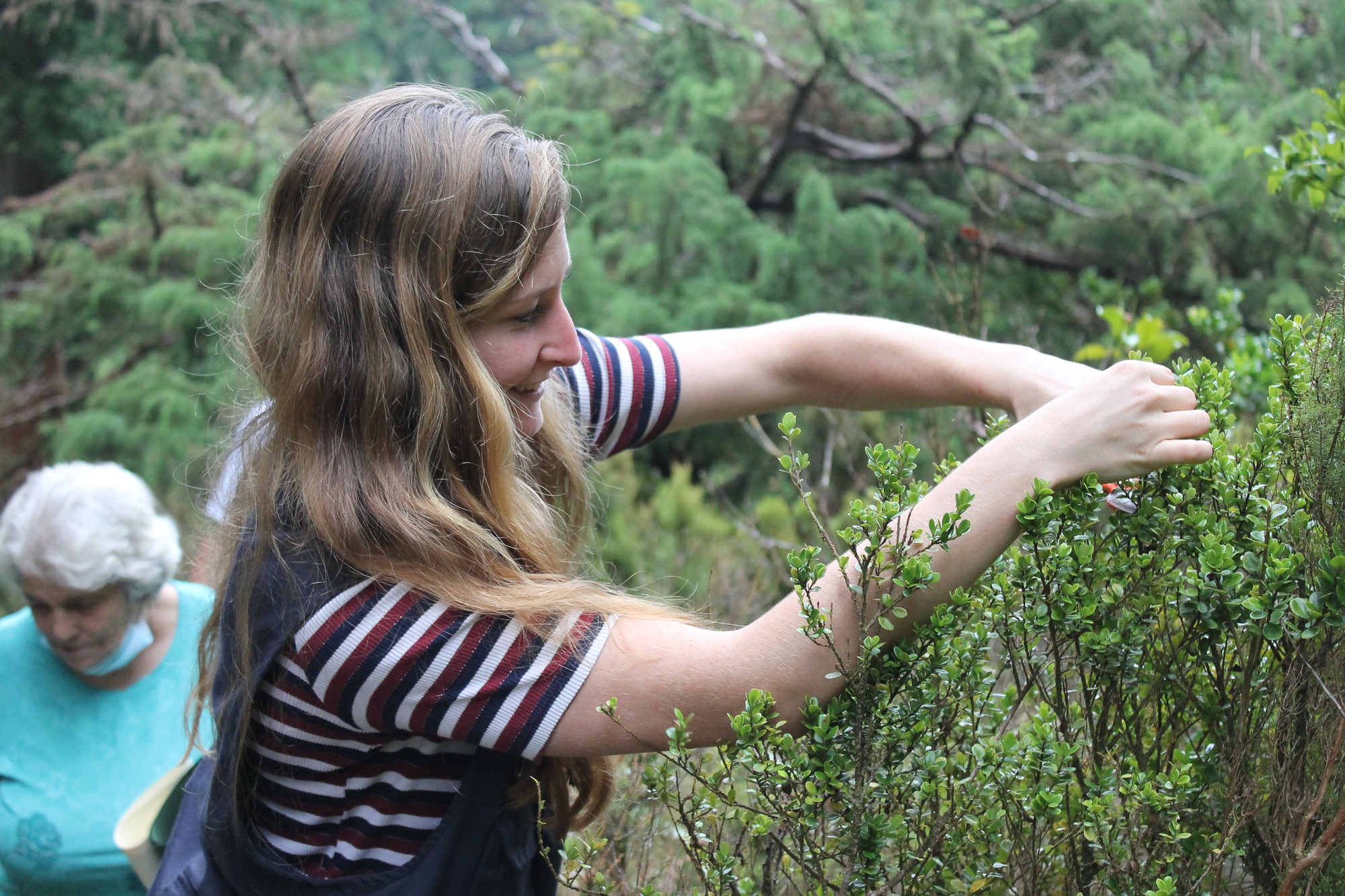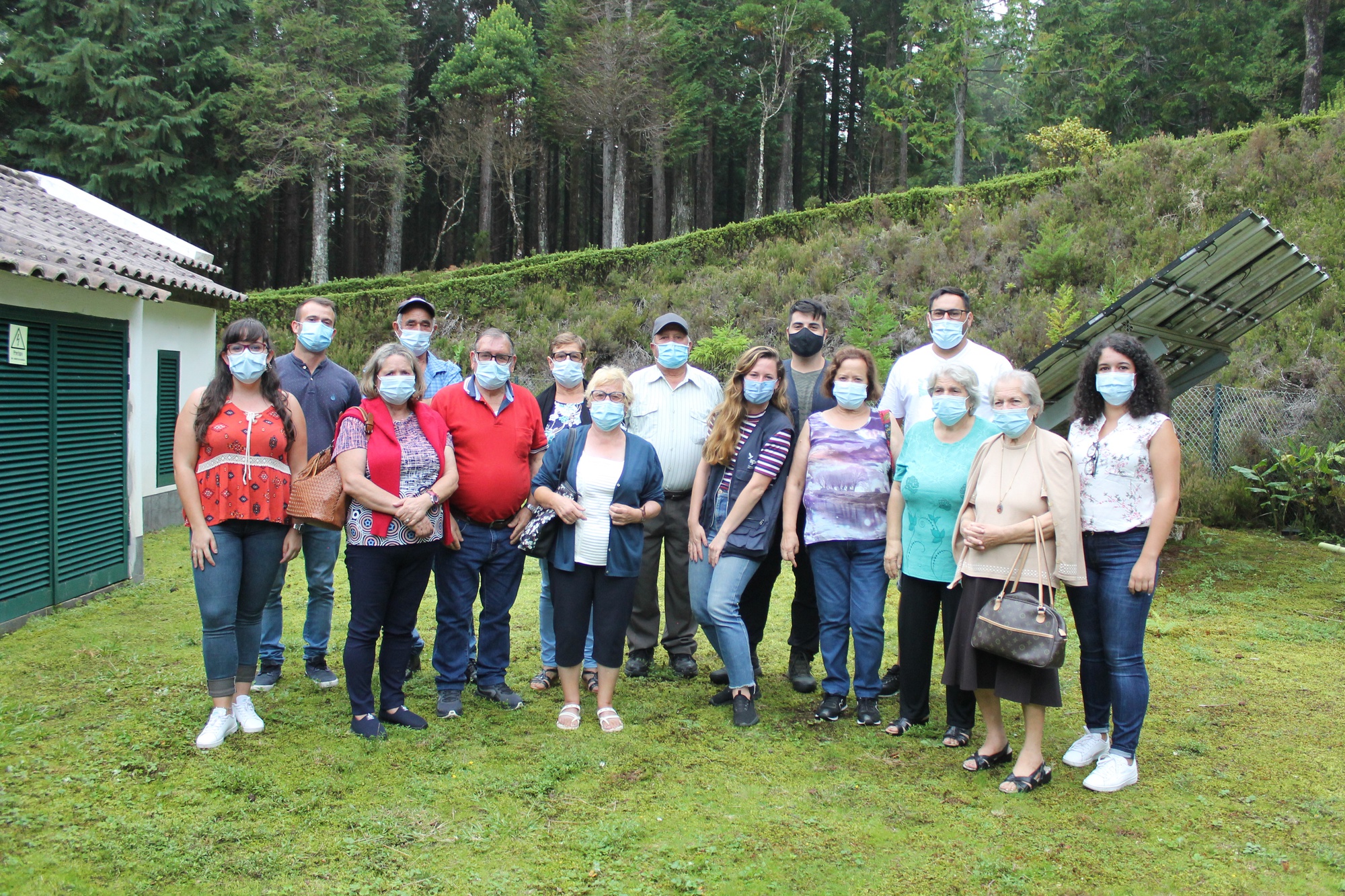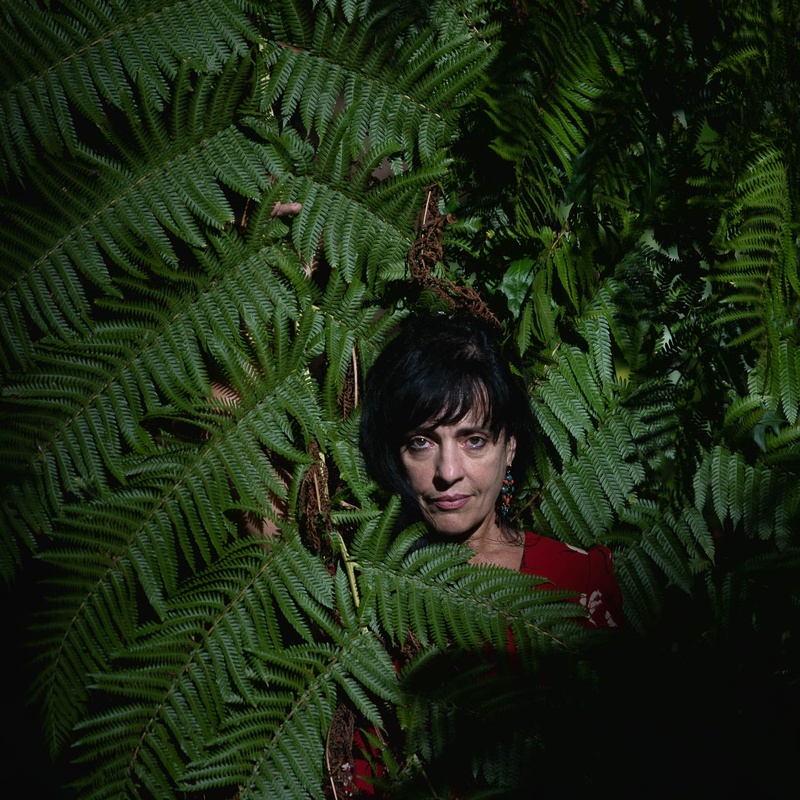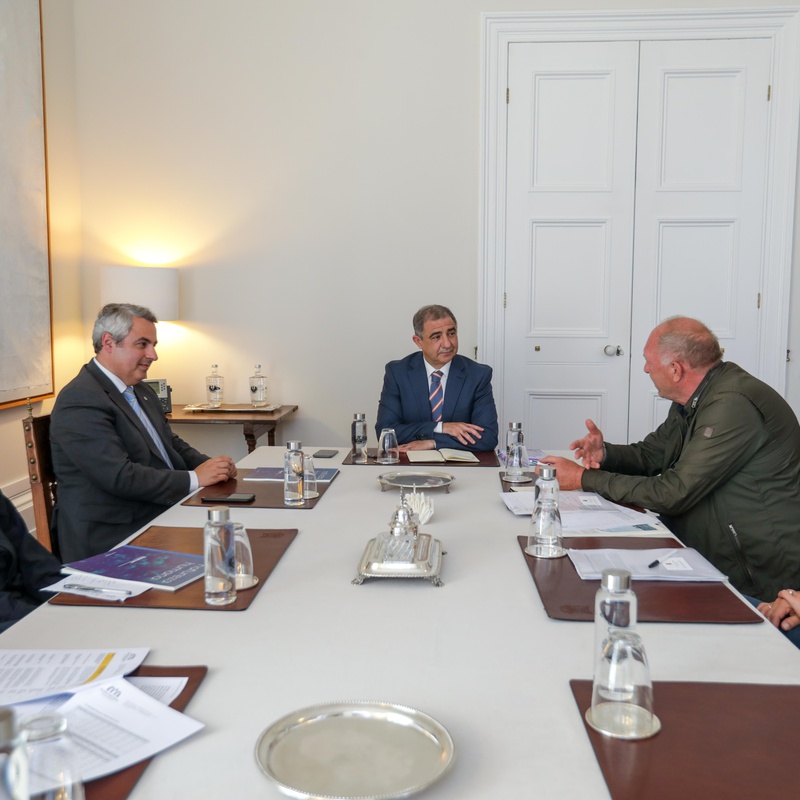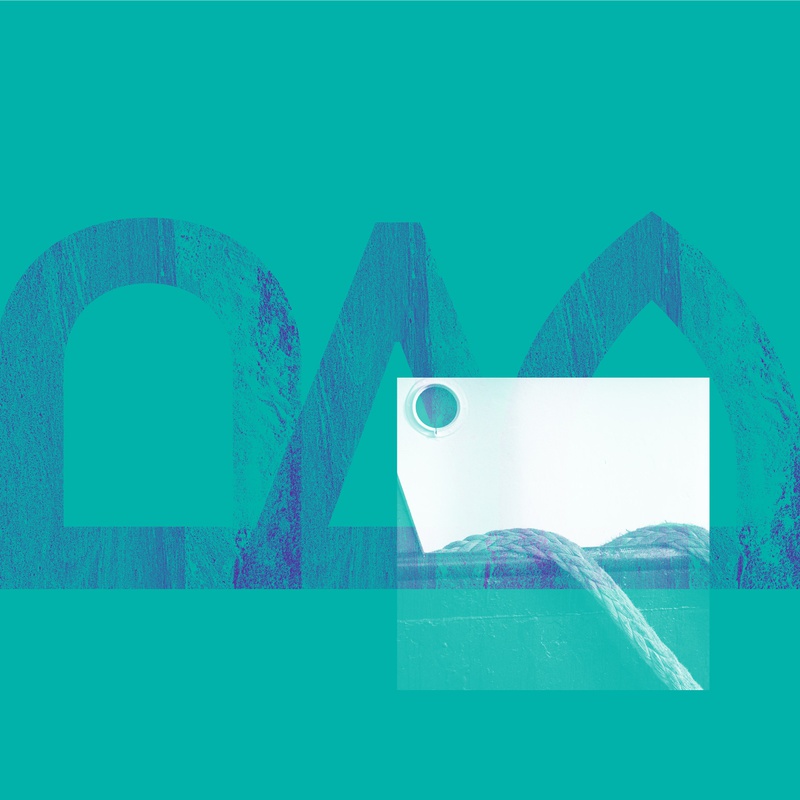
Hand in Hand: A Community Herbarium of the Azores is underway
The Chilean architect and naturalist Bruno Márquez presented a project that sets the creation of a Community Herbarium of the Azores to the Hand in Hand programme. Its objective consists in deepening the knowledge about the native and endemic flora of the archipelago and, in this way, promoting the natural heritage of the region, starting from the municipality of Nordeste, in São Miguel.
The proposal counts on the involvement of the Portuguese Society for the Study of Birds (SPEA) and Nordeste City Council. It took four field trips to collect plants and two workshops with the community of Nordeste.
Overall the project included four field trips to collect plant specimens and plant parts for the Community Herbarium. Thus, two field trips were made to Serra da Tronqueira [a mountain in the northeastern part of São Miguel] on 12 September and 2 October, extending an invitation to the community to participate. During these activities, we were able to see how valuable the laurel forest is to the natural heritage of the Azores and how important it is to create a community herbarium as a promoter of knowledge.
In addition, there were two outings at the Priolo’s Environmental Centre (17 September and 9 October), with a group of seniors with the 60+ card from Nordeste City Council, aiming to collect plants in the Endemic Garden, along with two workshops on the drying process of the collected plants and the necessary steps for the construction of a herbarium. Participants were asked to share personal stories about their experiences with local plants and challenged to draw and write about them. This activity sought to inspire people to get to know the flora of the Azores better and contribute to creating a herbarium that will enable the naturalist botanical study.
We learnt about various old curiosities such as the use of heather (Erica azorica) for making brooms, the use of mosses for stuffing cushions, the eating of the fruit of the Azores blueberry plant (Vaccinium cylindraceum) and the use of the Azorean endemic grass (Festuca petraea) for whitewash brushes. The next step in the project is curating the material collected and preparing an exhibition on the Community Herbarium and its participatory process.
Photographic report on the outings to collect plants and the workshops with the community:
Plant curation: This process is based on drying and preparing the plant in a press to let us visualise the morphological differences and to create a unified format that is practical for its conservation. After the specimens are dried, the following information is then attached: scientific name of the plant (species and family to which the specimen belongs), the collector, the place of collection and the date..

